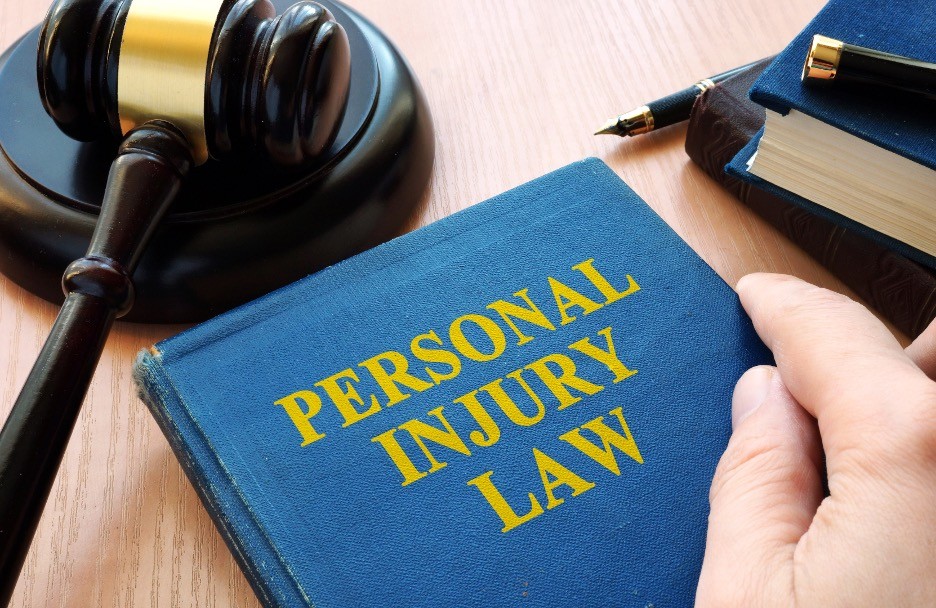
The landscape of personal injury law has undergone significant transformations over the years, adapting to societal shifts, technological advancements, and changing legal precedents. This evolution reflects not only the dynamic nature of law but also the growing complexities of modern life. From the early days of informal dispute resolution to the sophisticated legal practices of today, personal injury law has consistently aimed to address the needs of those harmed by the negligence of others. This blog explores key trends and changes that have shaped personal injury law, highlighting its ongoing commitment to justice and compensation for victims.
Historical Perspectives
Historically, personal injury claims were resolved through direct negotiation between the parties involved. If disputes escalated, they were often settled by community leaders or through duels. As societies evolved, the need for formal legal mechanisms became apparent, leading to the establishment of courts and legal systems. Early personal injury laws were rudimentary, focusing primarily on tangible physical injuries and property damage. Over time, these laws expanded to cover a broader range of harms, including emotional and psychological injuries, reflecting a deeper understanding of the full impact of personal injuries.
Technological Advancements
The rapid pace of technological advancement has significantly influenced personal injury law. The advent of automobiles, for example, led to the development of motor vehicle accident law, a major component of personal injury claims today. Similarly, the rise of the internet and social media has introduced new challenges, such as privacy breaches and cyberbullying, pushing the boundaries of traditional personal injury law to cover digital realms.
Modern technology also plays a crucial role in the evidence-gathering process, with digital evidence such as CCTV footage, GPS data, and electronic communications becoming crucial in many cases. Moreover, advancements in medical technology have improved the ability to diagnose and treat injuries, impacting the assessment of damages and compensation.
Legal Doctrines and Precedents
Personal injury law has been shaped significantly by evolving legal doctrines and judicial precedents. The concept of negligence, for example, has expanded over the years to include various forms of carelessness that can lead to injury. Landmark cases have set important precedents that influence how similar cases are handled, contributing to a more standardized approach to personal injury claims.
Furthermore, the introduction of no-fault insurance schemes and caps on damages in some jurisdictions reflects a shift towards balancing the interests of plaintiffs and defendants, aiming to ensure fair compensation while controlling the costs associated with personal injury claims.
Societal Changes
Societal attitudes towards safety, responsibility, and compensation have also influenced personal injury law. There is a greater emphasis on health and safety regulations, workplace protections, and consumer rights, leading to more rigorous standards for preventing injuries. These changes are reflected in legal outcomes, with courts increasingly recognizing the rights of individuals to be protected from harm.
Additionally, the recognition of psychological and emotional injuries has grown, acknowledging that the impact of personal injuries extends beyond physical harm. This holistic view of injury and compensation underscores a more compassionate and comprehensive approach to personal injury law.
The Role of Legal Representation
The role of legal professionals in personal injury law has evolved, with attorneys specializing in this field playing a crucial role in navigating the complexities of the legal system. Personal injury lawyers not only advocate for their clients’ rights but also provide essential guidance through the intricacies of filing claims, negotiating settlements, and, if necessary, litigating in court.
Looking Ahead
As society continues to evolve, so too will personal injury law. Emerging technologies like autonomous vehicles and artificial intelligence present new challenges and questions for personal injury law. Likewise, global issues such as climate change and pandemics may redefine the scope and nature of personal injury claims.
Conclusion
The evolution of personal injury law reflects a continuous effort to adapt to societal changes, technological advancements, and legal challenges. As we look to the future, personal injury law will undoubtedly continue to evolve, striving to meet the needs of those it serves. Through its adaptability and responsiveness, personal injury law remains a vital mechanism for ensuring justice and compensation for victims of negligence.









